A Personal Note from Orion
Were you the type of person who walked the mile instead of running it during gym class, so you could chit-chat with your friends? I know i used to consider gym class as a form of ‘recess’ – I often skipped it and found the nearest shady tree to sit under while I played my guitar and daydreamed.
Perhaps it was that I did not like running, but I never thought about how important movement would be to my overall state of health – not just physically, but mentally and emotionally as well. Over the years, my fitness journey, from exploring aikido, to yoga, even Pole Dancing, has been a wonderful way to tune into my body and learn to love and respect her. When you find a practice that your body really enjoys, you’ll start to harmoniously connect your body and mind through movement.
My guest today, Cecile Raynor, is one of the best kept secret of Olympic Athletes. She is an author whose practice is based on the Alexander Technique, and her teachings focus on helping people become more embodied, connecting our mind and body in perfect harmony.

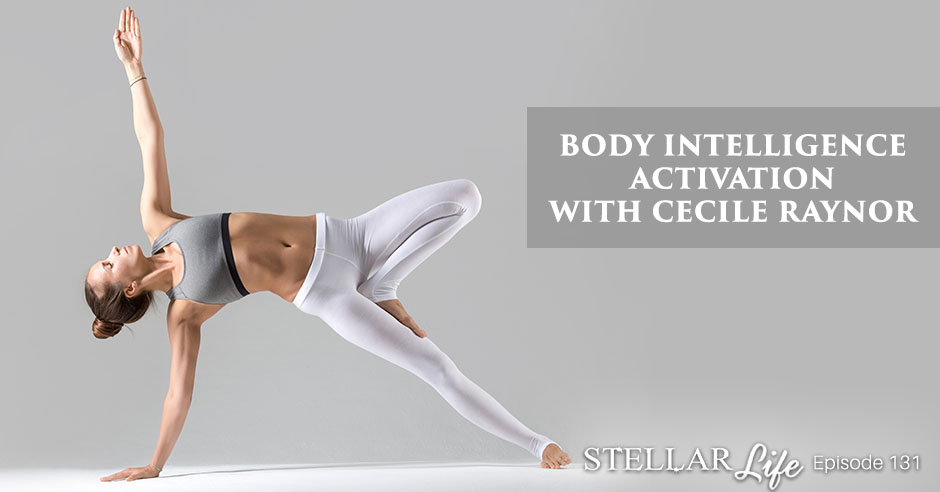
About Today’s Show
When I was in high school, gym class was break time. I skipped gym class and I used to go to the park near my high school, stayed under the trees and played my guitar dreaming about becoming a famous rockstar. I did not like moving my body, I did not like exercising. I thought it was unnecessary. Years later, I started exploring dance, falling in love with dance, dancing and moving my body. Later on, I even got into a personal training school and I learned so much about many things that are to do with the body like how does the body work and how to move my body? I studied anything from Alexander Technique to ballet to jazz to martial arts to pole dancing to belly dancing or yoga and Tai Chi and Qigong.
I don’t think there was a time in my life unless I was injured, where I did not do something that is to do with moving my body. I’m an Aries and I have this crazy fire energy. If I don’t move my body, I’m in trouble. I either get depressed or angry. I really need to move my body. Throughout the years, fitness also was a healing process for me where I did martial arts to learn about my inner power. I lifted weights. I did Aikido to learn about spirituality and discipline. I did yoga to help me connect with my flexibility. When you are flexible in your body, you are more flexible in life and that’s a wonderful thing to have. Through pole dancing and belly dancing, I learned how to connect to myself as a woman.
You will feel bliss when you’re moving your body in a way that it enjoys. Share on XMy whole fitness journey was such a wonderful and beautiful exploration of me tuning into my body. Throughout the years, I learned how to tune into my body and learned to know when I push too much. I learned this deep knowingness in connection to your muscles, your bones, your alignment and know how to work them. And what really surprised me, when I first studied yoga I was like, “Now I know how to do this Warrior pose. Easy, here you go, a Warrior pose.”and then a decade later I’m like, “This is what Warrior pose should feel like. It’s almost a never-ending exploration of the wonders of your body and how to connect to it.” I highly recommend if you are not a very active person to go and look for something that is interesting to you. You will feel bliss when you’re moving your body in a way that she or he enjoys it. Your body is a wonderful tool for life. People keep talking about mind-body connections because they are so connected. If you feel bad, one of the things to break the patterns of sitting down and feeling sorry for yourself is to stand up and move your physiology, because your physiology affects your psychology.
My guest today is Cecile Raynor. For the past 25, Cecile has taught the Alexander Technique, the best-kept secret of famous performers and Olympic athletes. She is a Thai Yoga Therapist, a Reiki practitioner and the author of The Wise Way to Yoga. She created the Body Intelligence Activation Process, BIA Process, based on her professional and personal experience including meditation, dance and yoga.
—
Hey Cecile and welcome to Stellar Life podcast. It’s good to have you here.
Thank you, Orion. I’m excited to be here.
Why don’t you share a little bit about yourself?
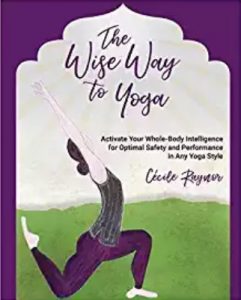
The Wise Way To Yoga: Activate Your Whole-Body Intelligence for Optimal Safety and Performance in Any Yoga Style
I have been teaching the Alexander Technique for over 25 years. I’m also a Thai Yoga Therapist and a Reiki practitioner. My specialty is to work with yoga people. I teach in a yoga studio. I’m a faculty member in a yoga teacher training. I work a lot with trainees, new teachers. Out of my Alexander, I created something new that I call the BIA Process. It refers to the Body Intelligence Activation Process. That was created based on my professional experience but also my personal practice with meditation, dance and yoga. I offer online courses for committed yogis and I have a blog where I give a lot of information to people who are interested in exploring. I’ve presented my work on TV and on the radio. I came up with a book called The Wise Way to Yoga. In that book, I give my personal and professional journey with all those things I mentioned. I also started talking about body image, how culture affects us and how we are in a society where we’re very disembodied, and how I went myself, from being disembodied, to teaching people how to be more embodied. I share all that personal journey in there too.
Where in your life were you disembodied?
I talk about that in the book. Different people get disembodied for lots of different reasons. For me, it was on account of body image. I was born in France, raised in Paris but I come from a Russian-Romanian background. I have a strong, compact body. Even though I’m healthy, I exercise a lot and I meditate, it used to be a challenge to deal with my body image in a country where everybody is slender. It was more so then because now McDonald’s made it to Paris and the American way of eating made it to Paris. There are some things that have changed then. I was disembodied on account of body image. It was much more comfortable for me to go in my head where I was comfortable because I’m intelligent and resourceful. What helped me is that I’m also very kinesthetic. I love dancing, moving. That saved me a little bit. It helped me become aware that my mind and my body were not in sync. That got me started on a journey to how can my mind and body work in sync the way they are designed to? That was a beginning that brought me to where I am now.
After the journey you’ve been taking for years, do you feel more embodied? What is the realization you came to when it comes to body image, movement and yoga?
When you have an issue with body image, which is a big majority of the population including a lot of men, your perception of yourself is created by your mind. I couldn’t see the reality of things. I could only see what I thought was. I was always trying to lose weight. It’s when I started adding exercise to my routine. When I grew up, my parents didn’t exercise. I didn’t think I like to exercise given the kinds of things we did in school, which I didn’t like. When I got to the States, every university has a gym. I took a dance class as a first thing and I had so much fun. Then I started doing more things. I went from not exercising at all to exercising three hours a day.
For awhile, I thought that meant I was in touch with my body because I could feel the physicality of my body when I exercised. But then when I got pregnant, at the end of my pregnancy, I was working on a PhD in Literature at the time and I caught myself with my belly squished against the table at the library. Had I not been pregnant, I may not even have noticed that, but because I was, I remember thinking, “What am I doing to my baby?” The next second I remember thinking, “What am I doing to my body?” That was such a deep insight, a deep revelation to me that I decided to change career right there and then fairly quickly after that. I thought I was in touch with my body. When you’re in touch with your body, you don’t end up with your pregnant belly squished against the table like that. That’s when I realized, “There must be more to being in touch with your body than feeling the physicality of your body.”
I think a lot of people are still stuck in that phase of evolution of body awareness. People still think these days that as long as you feel either the tensing of the muscle when you’re trying to strengthen or the stretching of the muscle when you’re trying to increase flexibility, that those are the things they have to look for. I discovered that is one level of awareness, one way of being in touch with your body, a beginning way to be in touch with your body. That there are more holistic and deeper ways to be in touch with your body as a whole.
Your body is a wonderful tool for life. Share on XIn this process, I became an Alexander Technique teacher, which you may or may not have heard about. It’s a type of mind-body work and education. Through my training, that changed already my body image for one thing because suddenly I experienced my body beyond my weight, beyond the way I looked. Suddenly, I was aware of my posture, my sit bone and of my weight. Suddenly, I had this whole world of connection with my body. That helped me get embodied. It changed how I exercised. I realized that I could get strong without tensing my muscle when I tried to strengthen. I could be more flexible by using my mind and releasing my joints when I’m in action than by trying to stretch them.
I want to go back to that feeling of the embodiment, of acceptance. You did the yoga, you did the Alexander Technique, you started being more in your body. When was the time where you felt, “Now, I accept my body. Now, I’m in alignment. Now, whatever weight I am, I’m at peace with myself?”
I have to say that the yoga came much later. I didn’t do yoga then. I did some Tai Chi at that time. It took some time to sink in. What I’m explaining now, it’s in retrospect. When I wrote my book, I had to think about all those things. It’s in retrospect that I realized how training with the Alexander Technique was so instrumental in me getting more embodied. I would say that where I started feeling free is when I dared. I’ve always liked dancing, but I would dance by myself at home. I would never go out dancing. When I was in Boston, at some point, I decided I want to dance with other people too. I discovered this dance in New England where they have free flow dancing. You don’t have to know any step or anything. You do whatever you want to the rhythm of the music. I wanted to do that but it took one incident, a story happening before I let myself do that. When I did let myself dance in public, that’s when things fell into place.
There was a local event, a Lantern Festival around the pond. There was music and there was a pavilion there. I heard music and I was drawn to the music. I go to the music and then I see all the kids are dancing in the middle and the parents are sitting on the benches on the outside of the space. I started dancing with the kids. I couldn’t stop myself at that point. I started dancing with them. I started inviting all the parents to join in. Everybody was dancing. I felt like a dance fairy. Once I did this, instead of looking for a friend who would go to the dance with me, I went by myself. I made new friends there. That was when I realized when I’m dancing, nothing else matters. I feel beautiful. I feel light. I feel happy.
For somebody who, she wants to do that, she wants to get into the kids’ circle and wants to be that fire starter that brings everybody, I’m like that. I’ll go where the dance floor is empty. I’ll start the party. I’ll start it on super high vibration. When I see that the floor is too full for me to move, I’ll slowly back out and look at other people dancing. For somebody who’s listening now and they’re like, “I still don’t feel comfortable in my body. I want to feel that embodiment that Cecile is talking about,” what would you tell them?
Obviously, there was something in me that was drawn to going to the dance. There were fears in the way. Not everybody is drawn to do that the way we are. All my students, my private students, my online students, I always ask them, “Do you like to dance?”If they say no, I say, “If I do a good job teaching you by the end of the time, when we’re done, you’re going to feel you can dance.” Because people who don’t like to dance, it’s often because they are not embodied. Dancing is the reward but it’s also the way to it. It goes both ways. At the same time, doing the work I do is helpful because I help people activate their whole-body intelligence. In two seconds, I can make them feel it.
Make me feel it right now. I’m very embodied. My whole life journey is all about connecting to myself through dance. I used to be a personal trainer. I studied the Alexander Technique when I came to New York. I did belly dancing and pole dancing. I do see a lot of people that are disconnected though. What will be some way that somebody that’s reading can do or think about to feel more embodied?
I’ve never done it like this orally. We do Zoom and I can give feedback to people when I see them but basically, are you sitting on a chair right now?
I am on the chair, yes.
We’ll try something. I don’t know if it’s going to work because I’ve never done it this way. I’m willing to give it a shot. I want you to sit on the edge of your chair so your feet are on the floor. Before I give you a new way to do it, I want you to stand up and sit down a couple of times to experience how you’re doing it without my input. Do you feel your leg muscles engaging? Do you use your arms? What do you do with your eyes? Observe and once you’ve done it a couple times, you can tell me what you observed, then I’ll give you some feedback and you can try it again.
Your physiology affects your psychology Share on XRight now what I observe is that I’m probably trying to not make a sound because of the microphone but I’m probably not standing as I should with my weight on my heels. It’s a little sloppy.
Did you feel your legs helping you get up?
Yes, my muscles in my leg and they’re engaged.
Whoever is listening, they will probably do it the same. Unless they’ve done work with me, they’re likely to push with their legs to stand up. That’s when you’re not embodied. You’re there in your head. Your head will tell you, “It makes sense. You’re standing up, you push yourself up.” It may seem logical but there’s the intelligence of the brain and the intelligence of the whole body, which they are not always in agreement. If you can, I’m going to ask you to get up again. This time, I want you to let your torso weight fall forward. Imagine the weight of your torso flowing through your legs all the way through your ankle and feet. Don’t engage your legs. Let them do their own thing. Relax your legs as you stand up. You’ll know you did it right because you’re going to feel your feet receiving the weight and spreading on the ground. I want you to try that and tell me if that feels any different?
The moment I thought of it, it did happen.
There’s way more to that. This is a little tidbit. You could see you felt a difference. Why is that important to help people feel embodied? What you experienced where there was more ease, you realized that you were stepping out of your own way and let your body do its thing. When you let the body do its thing, you can do it with much more efficiency and ease. When I discovered that and when my students discovered that, it’s always a revelation. Most people have aches, pains and tension and everything’s worked, even something as simple as getting up from a chair. When they realize, “I don’t have to work so hard.” There’s a new respect for the body instead of feeling that the body is where you feel pain, discomfort or you have to stretch it. Suddenly you’re like, “My body knows, my body can make things easier for me if I know how to use it right.” Once you start on that path, you start developing a relationship with your whole-body intelligence, which takes you way past any body issues people may have. It starts creating a balance between your belief in your mind, science and facts, and the belief in the wisdom of your whole-body intelligence. It’s a journey to be an Alexander Technique teacher. It’s a three-year full-time training with a minimum of 1,600 hours compared to a yoga teacher who’s doing 200 hours and then they’re teaching.
Alexander Technique was one of the most beautiful things I’ve ever done for myself. It was wonderful to feel the body that way. Back in the days, I used to be way more fit. I used to dance. I used to do yoga. I used to do martial arts. I was a personal trainer so I used to lift heavy weights. When I became more of a coach, I wasn’t as much into the body as I used to be. I used to be five times a week at the gym. I liked the results that I got from doing all that. I broke my wrist and I had problems with my shoulder. I had a whole year of recovery. But five days ago, I don’t want to get into what type of surgery, but I went into surgery. When I got out of the chair I was like, “This is not the body that I’m used to. This is hard.” It’s interesting to listen to my body when she’s in the process of healing. I have this fiery soul. I want to get out of bed, do stuff and go places. I already overdid it for sure. I have to hold back and say, “No, listen to her. Respect her. Don’t overdo it.” For somebody who used to be very athletic, to be in a position of not being able to move my arm right or healing from a surgery, it’s so difficult. How do you go back into embodiment when it’s hard, when you’re healing?
I want to say that from what you explained about your past relationship with exercise, I recognized myself when I was doing three hours of exercise. It sounds that for you, exercising is still much about feeling the physicality of your body. Yes, it feels good when you do a stretch. It feels good when you feel you’re strong. It feels good and you like the way it is in your body. When people stay at that level of body awareness, eventually they get hurt. They keep building strength but they build excess tension in the process as well. All they see is like, “I’m strong. I’m flexible.” When people tense their body to feel the strength, at the same time they build strength, they build excess tension. When they stretch their muscles, which of course they feel addicted to stretching because they keep building excess tension when they’re strengthening, so they have to keep stretching.
Often, especially those who are hyper-flexible, hyper-mobile, they’re going to stretch. It may feel good and yet you may pass the point where you’re destroying your muscle tone. That’s why I’m excited about what I discovered, which is unique to me. It’s not something that every Alexander Technique teacher focuses on, although it is because of my Alexander experience that I discovered it and they all tapped into it. When you know how to activate your whole-body intelligence, you can do anything without getting the risk of promoting injury at the moment or later.
My injury was not gym-induced. I fell.
Yes, but you see that’s the thing. Sometimes we use our body on and off the mat. We create synergy in our body that prompts certain things to happen.
I slipped on an oily floor. It wasn’t that I was out of balance.
Your perception of yourself is created by your mind. Share on XI understand. I’m not saying that there are no accidents that can happen. At the same time, if you have a child falling and if you have a grownup falling, you’re going to have a different situation. The child, not the two-year-old who might start crying, any age may cry at the moment. Often, they’re not going to get hurt because their body is still connected to their postural mechanism and they bounced back from that fall. The reason grownups tend to get hurt more when they fall is that there is all that excess tension in the body that makes it less graceful when you fall. It doesn’t mean everybody will get hurt, but it makes it more likely.
I’m short and compact. It happened to me, I fell even on the ice in the winter a couple times. It’s the same thing, it was unavoidable. It’s was covered with something. I didn’t know there was ice. I didn’t get hurt at all. It’s because my body when I fall knows how to go into like children. I’m not saying that’s what happened to you. I’m saying think of it as a possibility to explore, to consider. What I initially wanted to add is that when you learn how to activate your whole-body intelligence, it creates a healing space. Knowing what I know doesn’t mean I never get hurt. In fact, I got hurt not that long ago on my knee doing something. It means that instead of the problem turning into a chronic condition, which is often the case especially as people get older. I don’t mean older like 60 and 70.Older, even like 30 and 40. Instead of turning into a chronic condition, by activating your body intelligence, you can keep creating healing space so that your body synergy can heal itself.
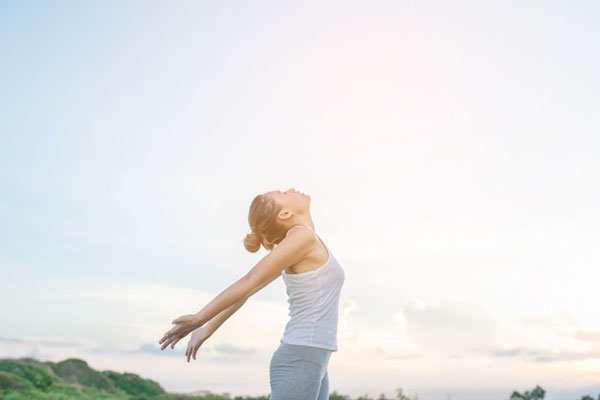
When you learn how to activate your whole body intelligence, it creates a healing space.
How do you activate it? From what I understood that you were telling me, “Orion, you were very physical and you probably had a lot of tension in your body from all the exercise. Therefore when you fell, your body was not that easy to get back into.”I think I recovered fairly fast because I was active. You’re saying that there is another layer or level of activating the energetic field, the mind field or the mindfulness of the body and the movement so that if people fall, they can heal better. If they train, they won’t stress their necks or their backs or have so much tension in their body that they go through this. I’ve been through that. I go to the gym. I lift heavy weights. My journey on pole dancing, for example, was not as much physical but more emotional, spiritual. I was releasing through movement. I was so much in the body and I let her lead me through the movement. There were a lot of times where I’m like, “I want to get this. I want to know how to turn my body upside down in this way. It’s quite hard. I wish I was as flexible as that girl,” so I maybe overstretch. What can we do to avoid those situations?
The Body Intelligence Activation Process that I created, as I said it’s a process, which is not something I can give you in two seconds. That’s why people take my online course, read my books. What I teach is simple. Because of the habits we have, habits of mind and habits of body, it seems hard because the learning is more of an unlearning of habits. That’s what makes it hard. The actual essence of what I’m teaching is very simple and I can tell you in two seconds. You hinted a little bit about it when you talked about it when you were doing pole dancing. It has to do with completely letting go of your muscles. Stop engaging your muscle like you did when you got up the way I told you, but never sacrifice your skeletal expansion.
Those are the two golden keys that I could give. It’s true for posture, it’s true for exercise, it’s true for sitting at the computer. I’m simplifying this, there are so many other pieces to this puzzle. That’s why in my book, I call my work The Yogic Art of Surrender. What I teach is The Yogic Art of Surrender, but when we’re in motion or when you’re sitting. We are in a society that values mind knowledge over heart and body wisdom. When you know how to make them work together, you get the best. Yoga teachers, practitioners, fitness instructors and physical therapists, often they rely so much on what they know about anatomy. They think if they know all the little details about anatomy, that’s going to help them not get injured. I’m not saying that it doesn’t help at all. I’m saying especially when it comes to yoga, you don’t need to know any anatomy to be a good yogi.
The anatomy makes your mind tell your body how to function when your body knows how to function better. The mind acts as if it knew better than the body. There’s a risk there when we value mind knowledge over whole body intelligence. To get from one to the other is the BIA Process, it’s what I teach. That’s because I did that journey myself. There is a journey. You have to become aware of certain unconscious habits of movement and unconscious habits of mind that we are involved unknowingly, which are affecting everything in our life unknowingly. Once we become aware of those things, then doors open up already. Doors are better functioning without you having to work hard at it.
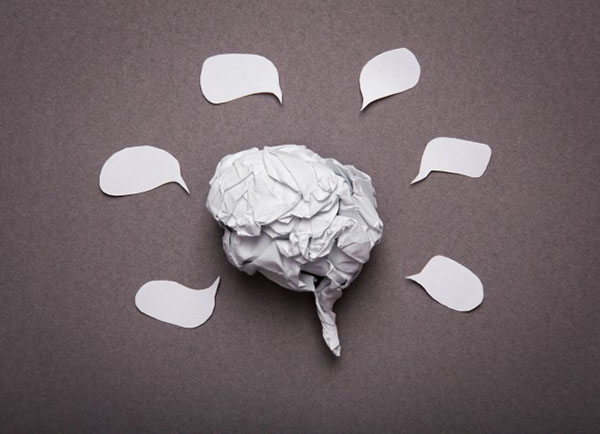
The mind acts as if it knew better than the body. And there is a risk when we value mind knowledge over whole body intelligence.
You’re talking also about weight training. You can go and you lift heavier weights with less stress and less tension?
I was testing my teachings. So when I go to the gym, usually, I do yoga, walking, whatever. But for a few months, I went and I did all the weight stuff, which I used to do way back then when I was doing three hours a day. I went back to all those machines and I realized I couldn’t do all the machines using what I’m teaching. What I saw in there is people tensing with their face.
They look very constipated.
People think that strength comes from the muscle. They have to work those muscles. The truth is our strength is equally, if not more, from our bones. It is from the bone and the muscle working together in harmony. The more you let go of the muscle, the more this harmony can happen. I’m strong. I can’t remember the weight, but I could push with my legs. I could push a lot of weight. Instead of letting the feeling, the sensations in my body tell me whether I can do more or not, I would activate my whole body intelligence by surrendering, by letting it do its thing. If I noticed that when I let go I can’t push past that amount of weight, then I knew that’s where I have to be for right now.
It wasn’t me focusing on my sensation as much as me following my whole body intelligence guidance. I make a distinction between listening to your body versus listening to your whole body versus listening to the guidance of your whole body once it’s activated. These are two distinctions that people don’t make, but they have to be made if you want to get the benefit of your whole body intelligence. You have a lot of teachers who will say, “Listen to your body,” and that’s great as opposed to people saying, “No pain, no gain. Ignore what the body says, keep going.” Listen to your body, often it means to listen to your pain edge or listen to your stretch edge. Make sure you’re not hurting yourself somewhere where you’re working. That’s already better than nothing. Sometimes if you focus on that, you may do something that’s good for one body part and that’s not so good for another body part. You won’t even know because you’re focusing on the quads you’re exercising or the biceps. When you listen to your whole body at all times, no matter which part you’re exercising, you already have a better chance to not hurt yourself anywhere.
When I hear that, it sounds like an oxymoron for me. You’re like, “I’m pushing weight and I’m letting go.” Pushing versus letting go and doing it at the same time sounds difficult to me, and almost impossible and almost counterintuitive.
That reveals where you’re at with that. This Is what needs to happen. If somebody had told me that when I was doing three hours a day, I would have answered exactly the way you do. A few decades passed and I’ve done lots of work. That’s the advantage of when I work with people because they don’t have to spend the 30 years that I did to learn all this. I can give them feedback and make them experience the lightness. When you got up, for example, you felt that there was more ease and you were able to do your task just as well. You got up. You didn’t feel like, “I’m heavy because I’m not using my muscles.” There was more ease of movement but you still got up. What I’m saying is I can release while I’m pushing weight. I can release while I’m running. In fact, the Alexander Technique, even though what I do is an enhanced version, it’s known as the best-kept secret of famous performers and Olympic athletes. When you look at skating when they do those performances, beautiful skating, you can tell when somebody is graceful and light on their ice skates and when somebody is pushing hard. Those who win the medals often are the ones who have found that art of stepping out of their own way and being the movement.
I’m left with way more questions than answers as far as how to do that. You told me, “I guess this is where you are. One day you will learn if you work with me.” but want some answers now. How can I take what you’re saying or the concept and use it in the gym? When I learned the Alexander Technique, my experience with Alexander was put your mind into the muscles and it will elongate your spine. They will fill the space between your vertebrae and you will align. You feel that the space between your ribs and I felt amazing. Alexander Technique, the way my lessons looked like, was almost like minimal movement and more like thinking your way into good posture, thinking your way into better alignment and that affects your breathing, that affects everything in your everyday life. I do use that when I’m in the gym. I put my mind into the muscle. I also visualize because in Alexander Technique there are a lot of visualizations and that helps. I do not understand how one can let go and then use power.
What I want to explain is that we are all born with something called the postural mechanism. We all have it. When you look at young children, the parents don’t have to say, “You better learn how to stand up.” You can see this emerge from a child to want to be on their two feet and then learn how to walk. That is the postural mechanism maturing until they can walk easily. We all have that. It’s something that the postural mechanism was designed to handle our best posture, best coordination and best balance. Since nobody knows that, then we work hard at posture. We work hard at standing up. We work hard at doing everything that the postural mechanism could do for you if you let it.
As much as we still get some benefit from working out and all this, we get stronger. When we do all that working with the body, instead of trying to train the body like the body is different from us, these are not competition, but it’s not about forcing the body. It’s about learning to work with it. What I call activating your whole body intelligence is activating your postural mechanism. Your postural mechanism is connected from your head to your toes to the surface of your foot. That’s why when you got up, as long as you did what I said which is to relax your whole body, you activated your postural mechanism and you let it do the work for you. So in other words, when you exercise, when I say let go, you’re thinking of collapsing, of letting go of everything.
We create a synergy in our body that prompts certain things to happen. Share on XAs I explained, you don’t add engagement. You step out of the way. You let go but you don’t sacrifice your skeletal expansion. When you have those two things together, you can experience like you did with the getting up and sitting down. You can do this at the gym when you will go, experience and play with what I’m teaching you. When you don’t sacrifice the skeletal height but you let go of your muscle, suddenly you let the bones and the muscle work together. You can develop strength, but you develop what I call flexible strength. You don’t develop stiff strength that you have to stretch afterward. You develop flexible strength. This is totally doable. I know you can do that. You need to put yourself in that situation. I don’t know what movement you can do now with where you’re at with the surgery. If you’re trying to do an arm movement and you’re making a circle with your armor your elbow, you’re moving the bones but you’re seeing the muscles and the joints. You’re releasing not just the muscle and the joints in your arm, but let everything release always into your support. Don’t focus just on one body part. You’re releasing all the way through your support, whether it’s the stool under your sit bone or the ground under your feet. When you make a movement that way, you can develop flexible strength or flexibility if you’re doing a flexible exercise.
I’ll give you an example that might answer your question. There are different kinds of yoga. Being who I am, I was attracted to hot yoga. At the beginning when we were supposed to do a warrior one, warrior two when you’re on the side lunge and you have both your arms up, pointing away from each other, after 30 seconds I felt I had to let my arm go down because otherwise, I’d get a cramp. I was like, “How am I going to do this?” I realized, “I have to apply what I teach.” I kept going to the class. I would stay in the pose, skeletal extension, but I would relax at the same time. Not to the point that my arms were falling down. I kept the pose but I released within the pose. In a couple months, I could do this pose easily. I build up the strength that I needed to do that and not feel that I’ve got to do anything. I never try to hold that pose until I can keep it there. On the contrary, I kept releasing. I was developing flexible strength.
Yes, that helped me a lot and I think I finally understood what you said. But what I heard is that it’s almost like breathing into it, being mindful and allowing the pose to happen and constantly concentrating on the expansion and alignment of the skeleton within the posture. Does that sound like something that is close to what you’re describing?
Yes, I like the allowing. I’d use that a lot. I have a whole chapter in my book about the importance of queuing. In fitness and in the yoga world, it’s all about commanding the body, “Lift this, do this, push this and hold this.” In commanding the body, you’re not working with the body. You allow the skeletal expansion so you’re in whatever pose or movement you want to do. You can do it when you’re riding your bike. I have a student who’s coming. She does circus stuff. She was learning to go up the rope and probably did a similar thing that you did with the rope dancing. In the beginning, she felt she was getting uptight because it was new. She was afraid of falling. She was coming through her private session with me and I said, “What about using what you do with me here?” She says, “You mean when I’m up there, I could let go?” “Yes, of course.” Next time she came and she said, “That was amazing. It was so much easier,” and she could do all the challenging stuff she had been doing. I had to remind her to trust her body, even in your situation or in a situation where you’re up on the rope above the ground.
The thing that may be unclear is that when I say, “You completely let go,” that doesn’t mean your body will let go of everything. Your body will know the right amount of muscle tension that’s needed for the activity. It means that you’re stopping the excess tension you usually add to everything. That’s when you choose to step out of your own way. It’s not that you let go of all muscle tension, you choose to let go. You don’t decide how much you’re going to let go. You choose to really let go, but by keeping the skeletal height or the skeletal movement, you allow your body to micromanage for you. Instead of you micromanaging, you let your body do the micromanaging for you. That’s why you can do pretty much anything. Basically, the letting go I’m talking about is stepping out of your own way.
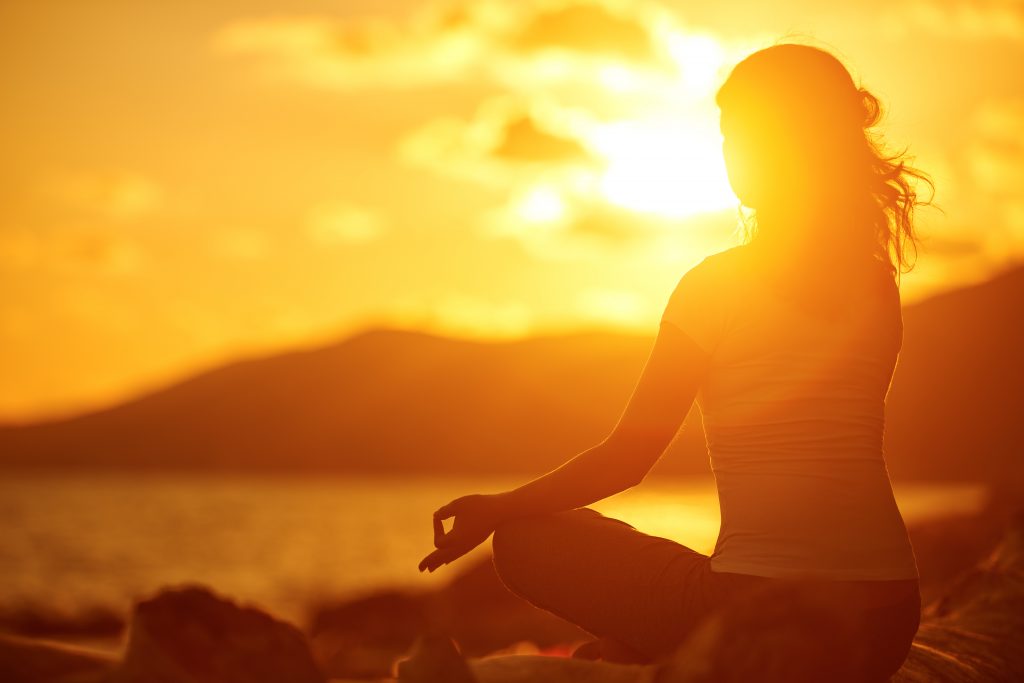
Letting go is stepping out of your own way.
The words that come to mind for me are trusting and allowing.
Exactly.
And I love that that lady that does the circus tricks, when you’re up there it can be scary. There’s always the fear of falling. You put your chatter mind in the back seat. You’re in your body and allow her to move you. And I love what you said about it’s true in life where we command our self to do things and we should deliver ourselves, “We should do this. We should do that. You have to do this.” If we talked to our bodies the way we talk to a little child, be gentle with our bodies and listen, we can advance more. We can get stronger. We can get more flexible. We probably don’t build so much lactic acid, so much tension and so much of all the bad postures. I used to do Alexander Technique so long ago. Now I’m slouching in front of the computer every day. This was a wonderful reminder and it’s really eye-opening. I love what you’re teaching. It is necessary.
To go back to the beginning of what we talked about, which is the body image thing. I’m very intuitive and I’ve always followed my intuition even when I switched career from being successful in academia to become an Alexander Technique teacher. Everybody thought I was crazy, but I always followed my intuition.
Thank you so much for joining us. Thank you so much for sharing your wisdom. I appreciate you being a guest on the show. I have two questions. One, what are your three top tips for living a stellar life? Two, where can people find you, connect with you and learn from you?
It’s better to work smart than hard. Share on XNumber one would be to trust that you don’t have to work so hard at anything, that it’s better to work smart than hard. What I teach is a way to do that. Whatever that means to you, try to apply that in your life. The second one would be that rushing and worrying never helps and remembering that. I’m thinking about that because I came from vacation. I realized when I was on vacation I was taking the time to eat and I was taking the time to savor my cup of tea instead of bringing it in front of the computer. I reminded myself that I want to live my life the way I was living my life when I was on vacation. Rushing and worrying never help. Whenever you catch yourself to do that, stop, breathe and start again. The third one would be to be successful is to be happy. There’s nothing outside of you that will make you happy as much as you’re connecting with yourself, trusting yourself and taking the time to be with yourself, whether you’re meditating or whether you’re watching the sunset. Take time with yourself. That’s where the answers are to anything pretty much we want, the answers are always inside. Those are the three that came to me now.
Where can people find you and connect with you?
The best way would be to connect with me through my blog site. The blog site is OffTheMatYogaBlog.com. There are lots of amazing, valuable blogs. When I started this blog, I had no idea where I was going. That was four years ago, and now there are almost 30,000 people who have been reading it and in 100 different countries. What I’m teaching is touching people and it can be helpful. I’ve gotten lots of amazing feedback from people reading them. There you can also find information about my book. I founded a movement called The Movement of The Wise Yogi. I created a manifesto. If you go to my blog site, you can request the manifesto and I’d be happy to mail it to you. It’s a good place for resources. There’s information about my online courses, private session. Whatever people are interested, they can get to me that way.
Thank you so much for being here, Cecile. I appreciate you being our guest.
You are welcome. Thank you for having me.


Your Checklist of Actions to Take
✓ Gain more consciousness of your heart and body. Take time to detach from everything except your own vibration.
✓ Try the Alexander Technique to stop creating excess body tension through your daily activities.
✓ Perceive a better self-image and let your thoughts reflect your actions. Your perception can become your reality.
✓ Find ways to keep your body in motion. Dance, do yoga or go to the gym to get a healthy dose of exercise and strength and flexibility training.
✓ Take a holistic approach to your body to connect with it on a mental and spiritual level.
✓ Always maintain good posture, especially when sitting or standing for a long period of time.
✓ Be more mindful of your workout. You can lift weights without applying too much tension or execute a yoga pose without too much effort.
✓ Let music help you find your rhythm. Listen to the kind of music that enables you to be in tune with yourself.
✓ Don’t rush into things when it comes to improving your body. It is a process that takes time but all of your hard work will pay off in the end.
✓ Grab a copy of Cecile Raynor’s book, The Wise Way to Yoga
Important Links:
- Cecile Raynor
- Alexander Technique
- The Wise Way To Yoga
- Body Intelligence Activation Process
- OffTheMatYogaBlog.com
About Cecile Raynor
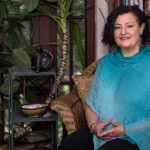 For the past 25 years, Cécile has taught the Alexander Technique, the best-kept secret of famous performers and Olympic athletes. Also a Thai Yoga Therapist, a Reiki Practitioner, and Faculty in a Yoga Teacher Training Program. Created the Body Intelligence Activation Process (BIA Process™) based on her professional and personal experience including meditation, dance, and yoga.
For the past 25 years, Cécile has taught the Alexander Technique, the best-kept secret of famous performers and Olympic athletes. Also a Thai Yoga Therapist, a Reiki Practitioner, and Faculty in a Yoga Teacher Training Program. Created the Body Intelligence Activation Process (BIA Process™) based on her professional and personal experience including meditation, dance, and yoga.
Disclaimer: The medical, fitness, psychological, mindset, lifestyle, and nutritional information provided on this website and through any materials, downloads, videos, webinars, podcasts, or emails are not intended to be a substitute for professional medical/fitness/nutritional advice, diagnoses, or treatment. Always seek the help of your physician, psychologist, psychiatrist, therapist, certified trainer, or dietitian with any questions regarding starting any new programs or treatments or stopping any current programs or treatments. This website is for information purposes only, and the creators and editors, including Orion Talmay, accept no liability for any injury or illness arising out of the use of the material contained herein, and make no warranty, express or implied, with respect to the contents of this website and affiliated materials.




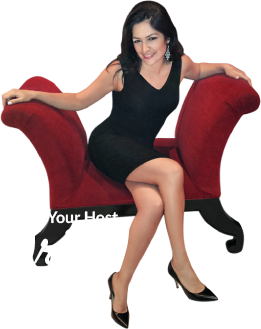
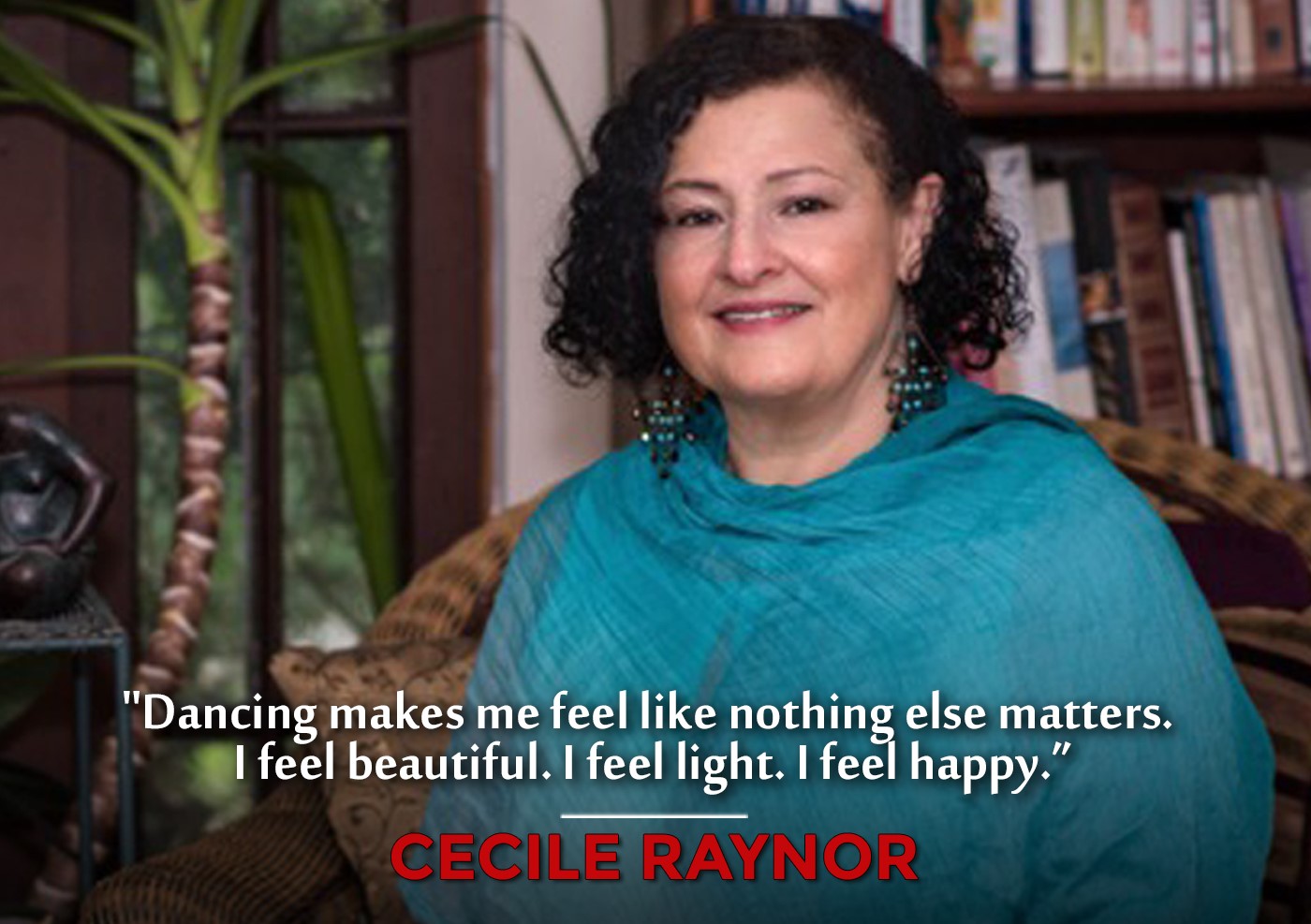






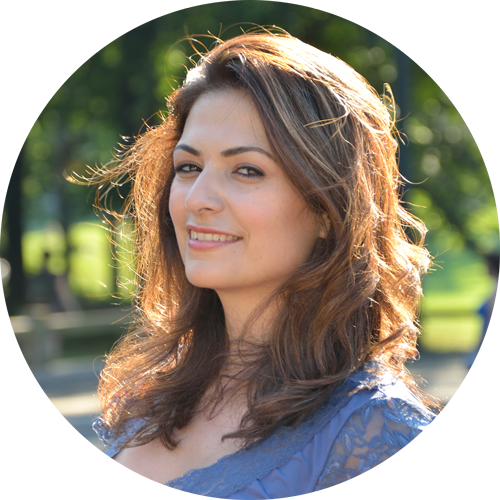





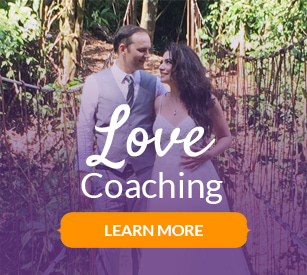
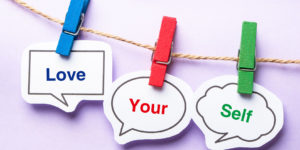








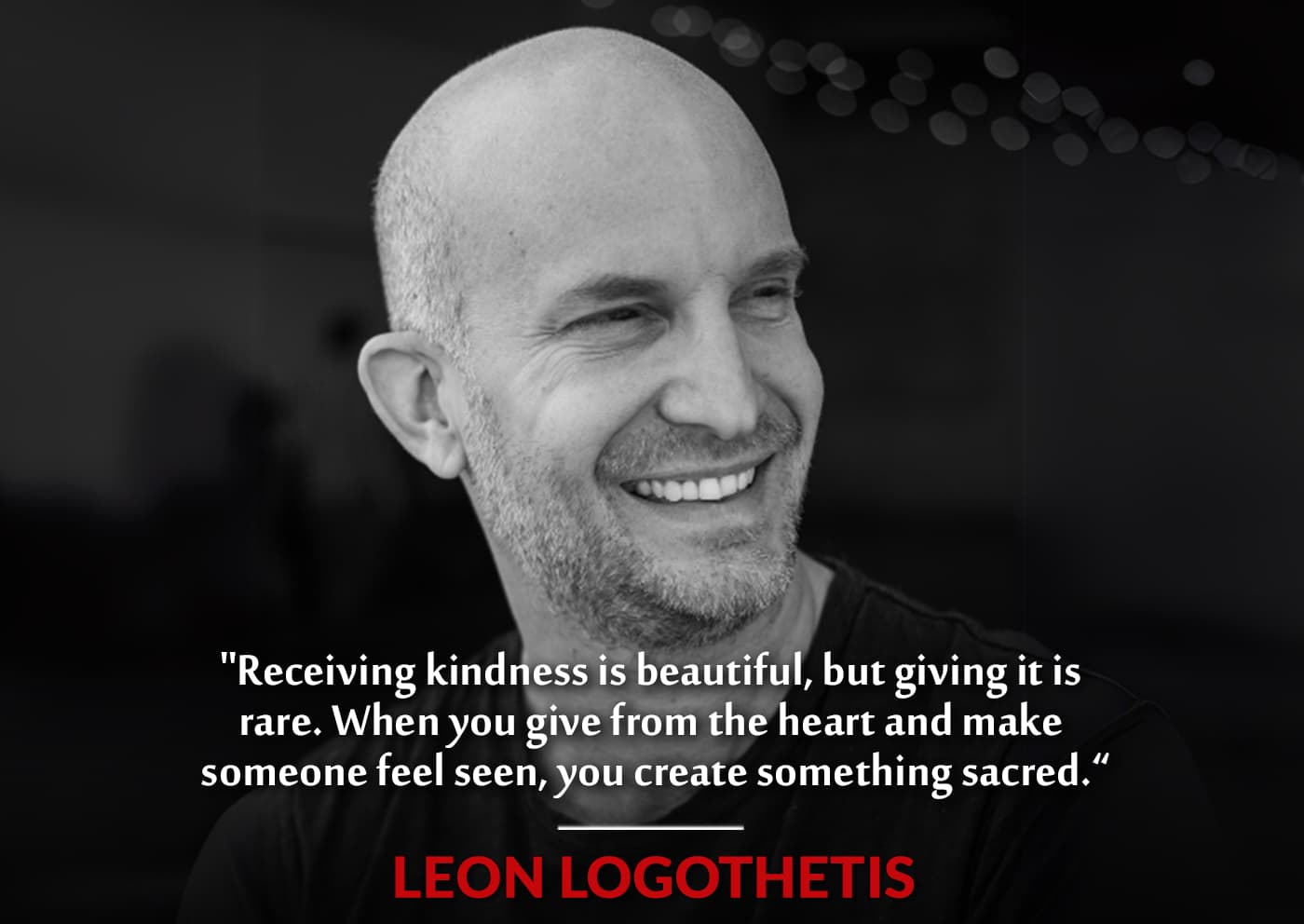

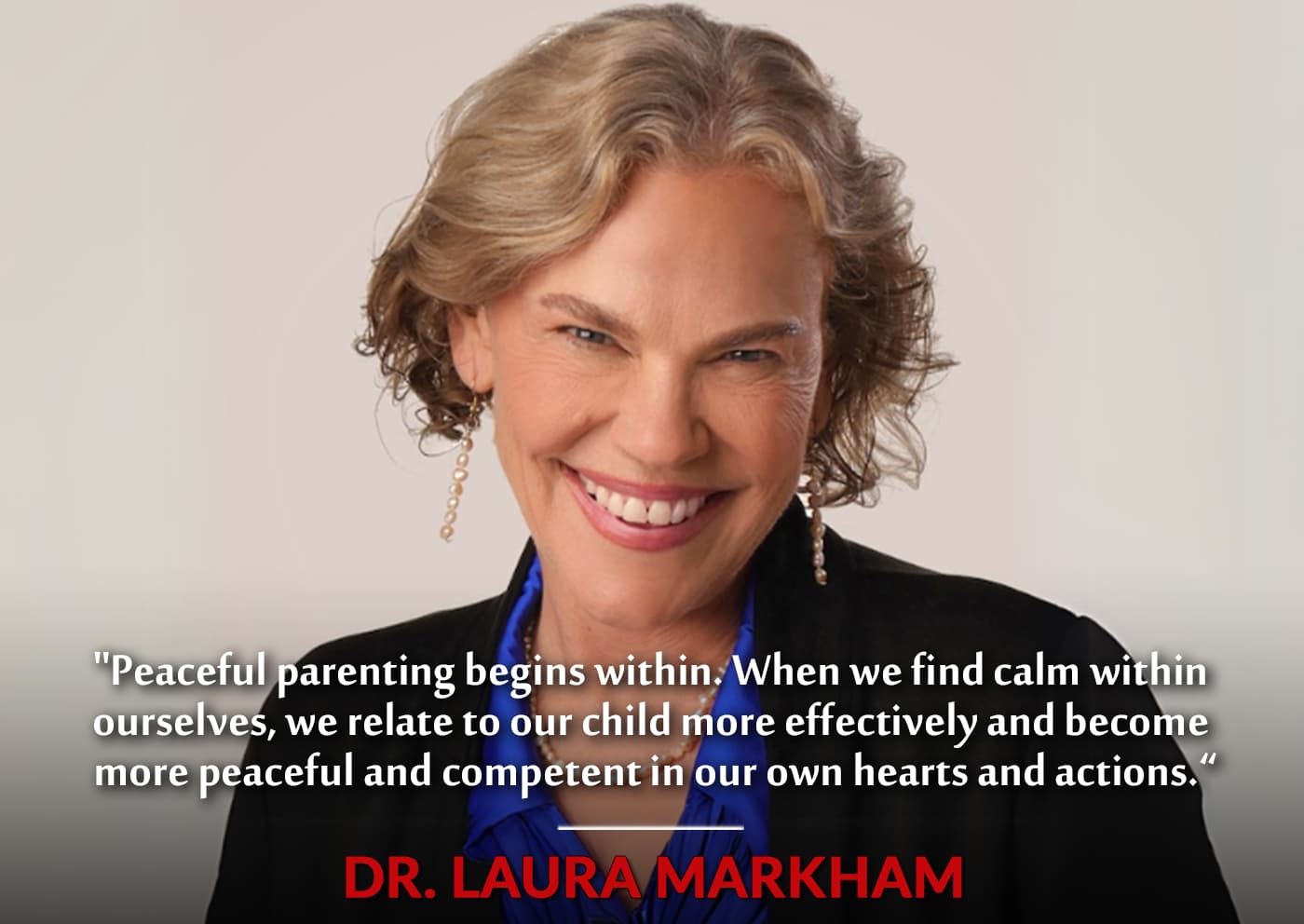
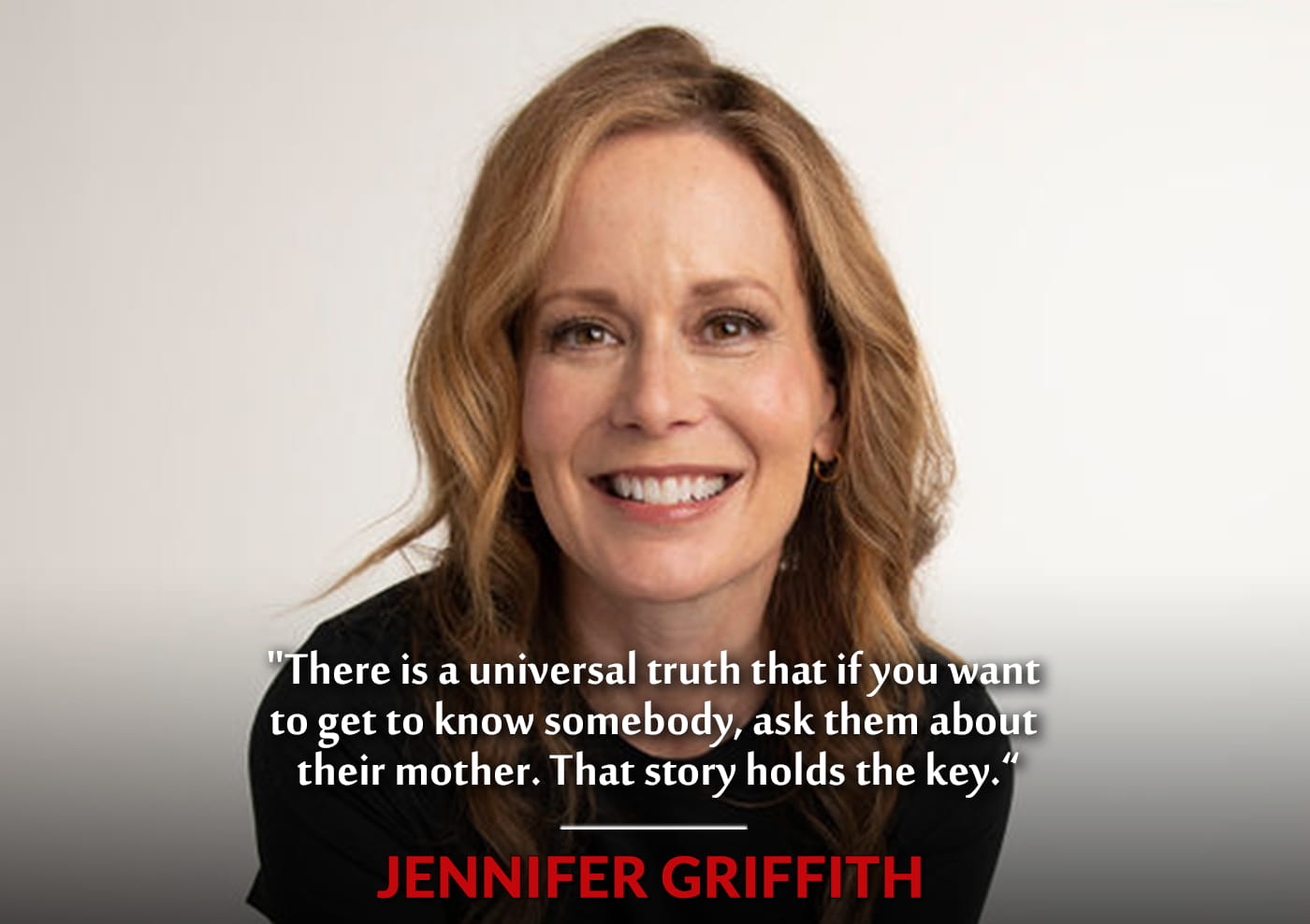
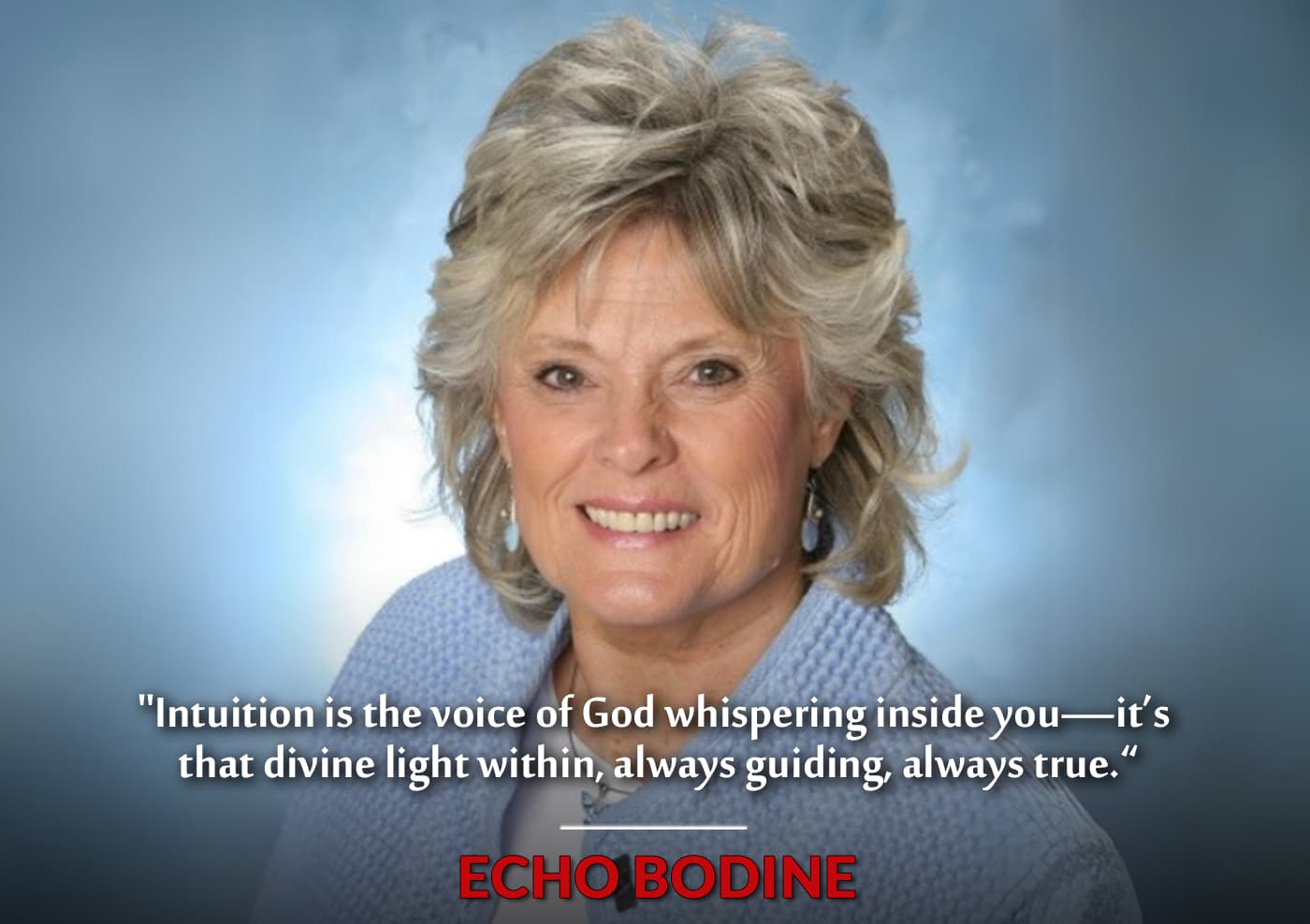
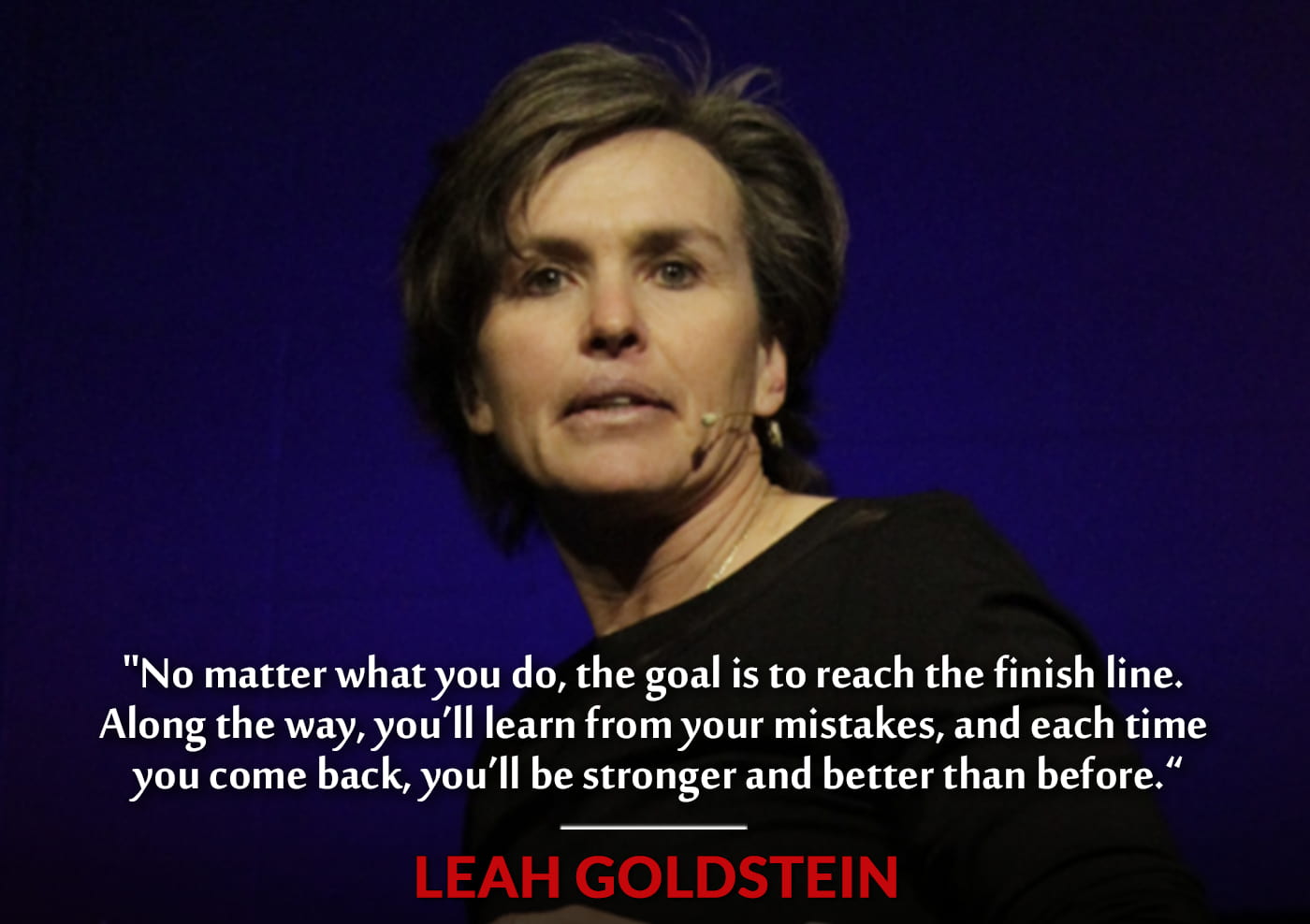
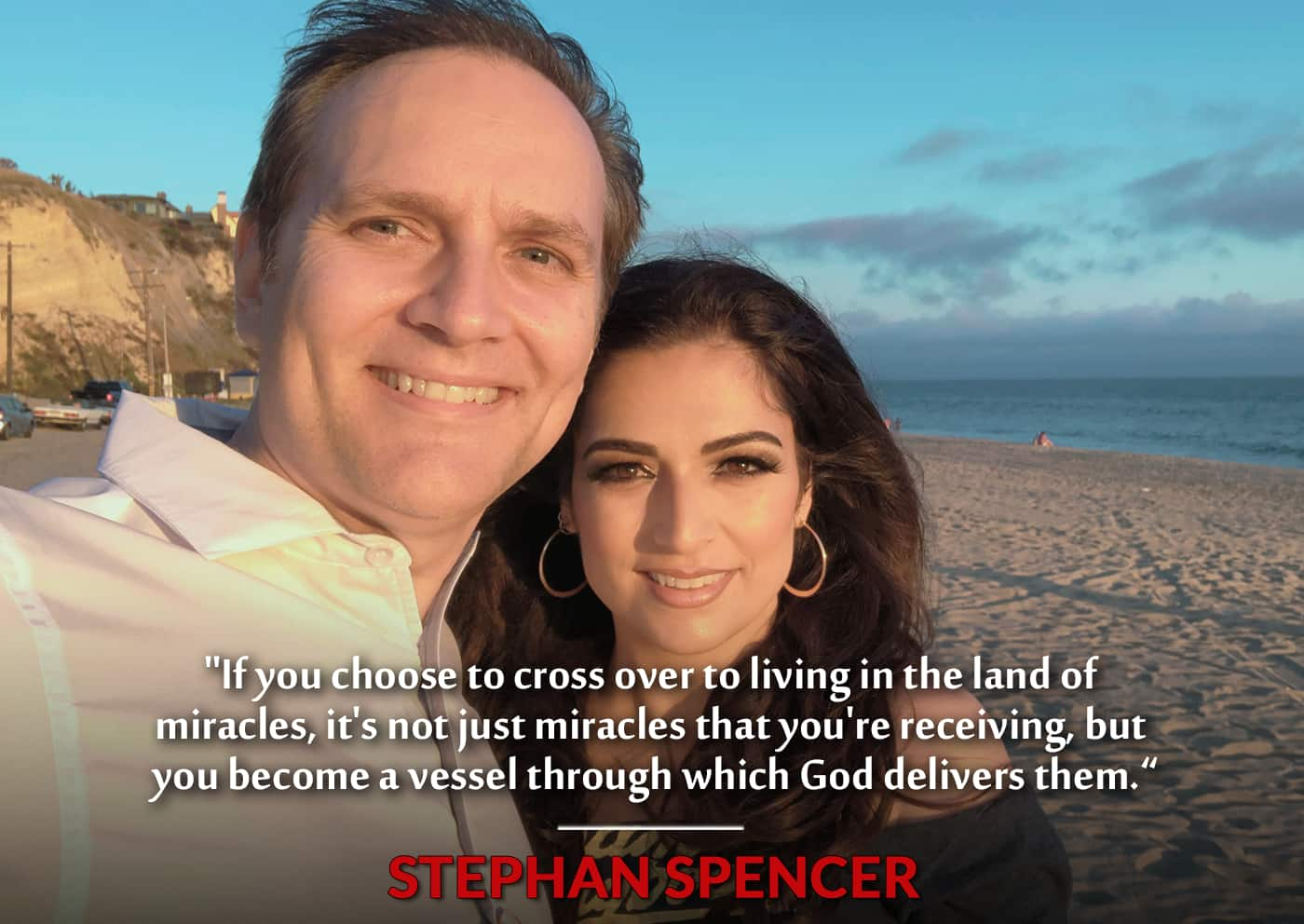

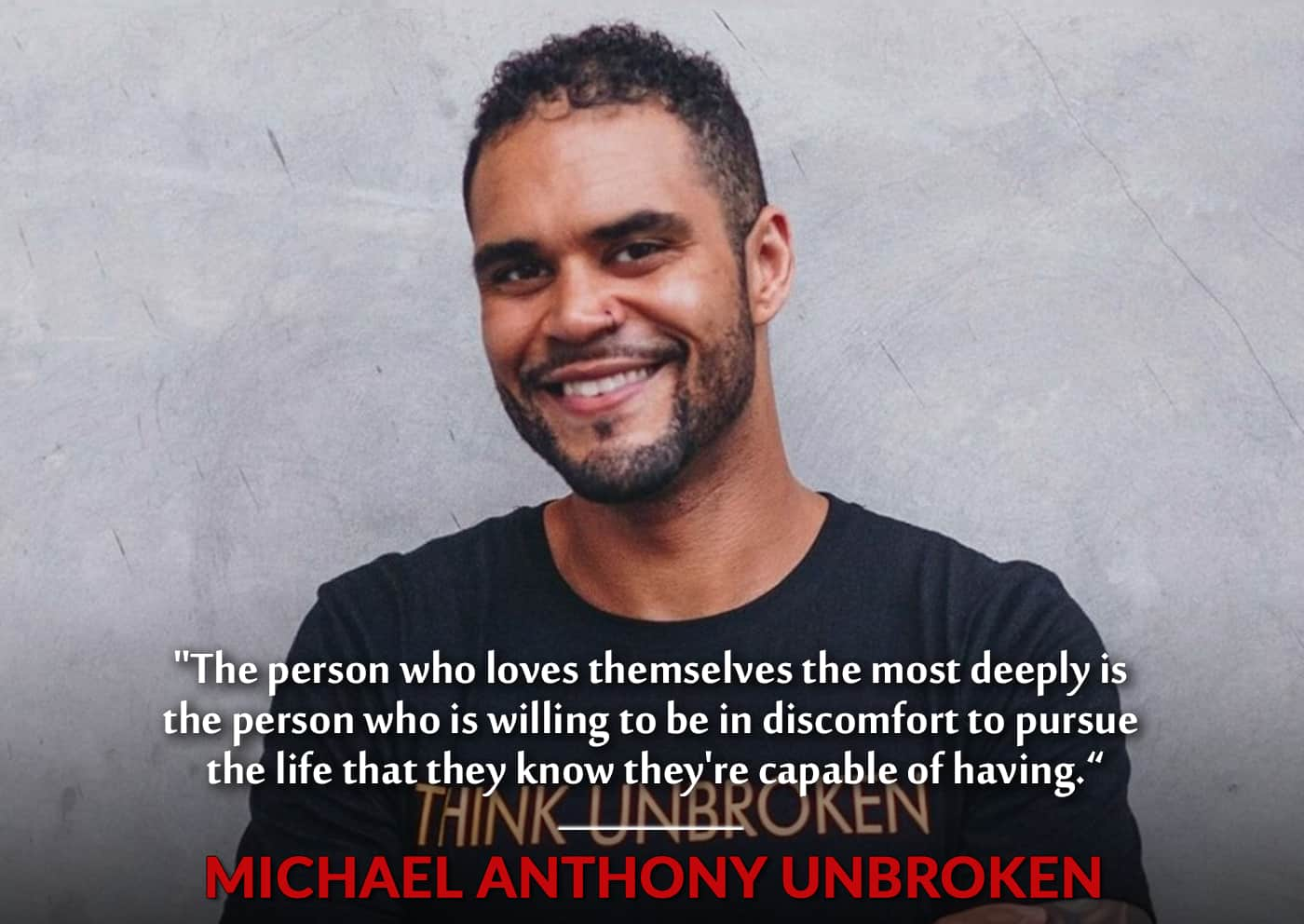
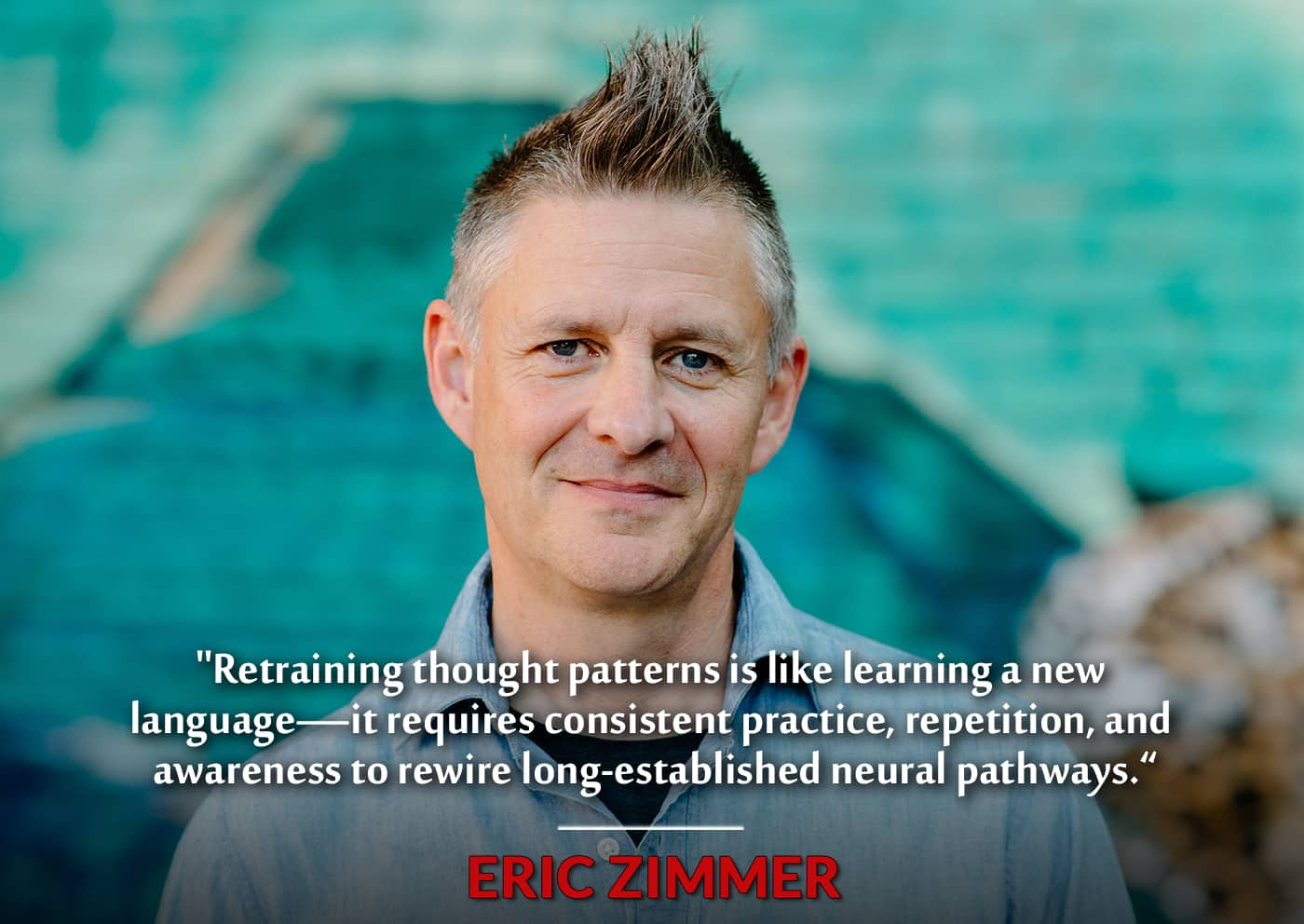


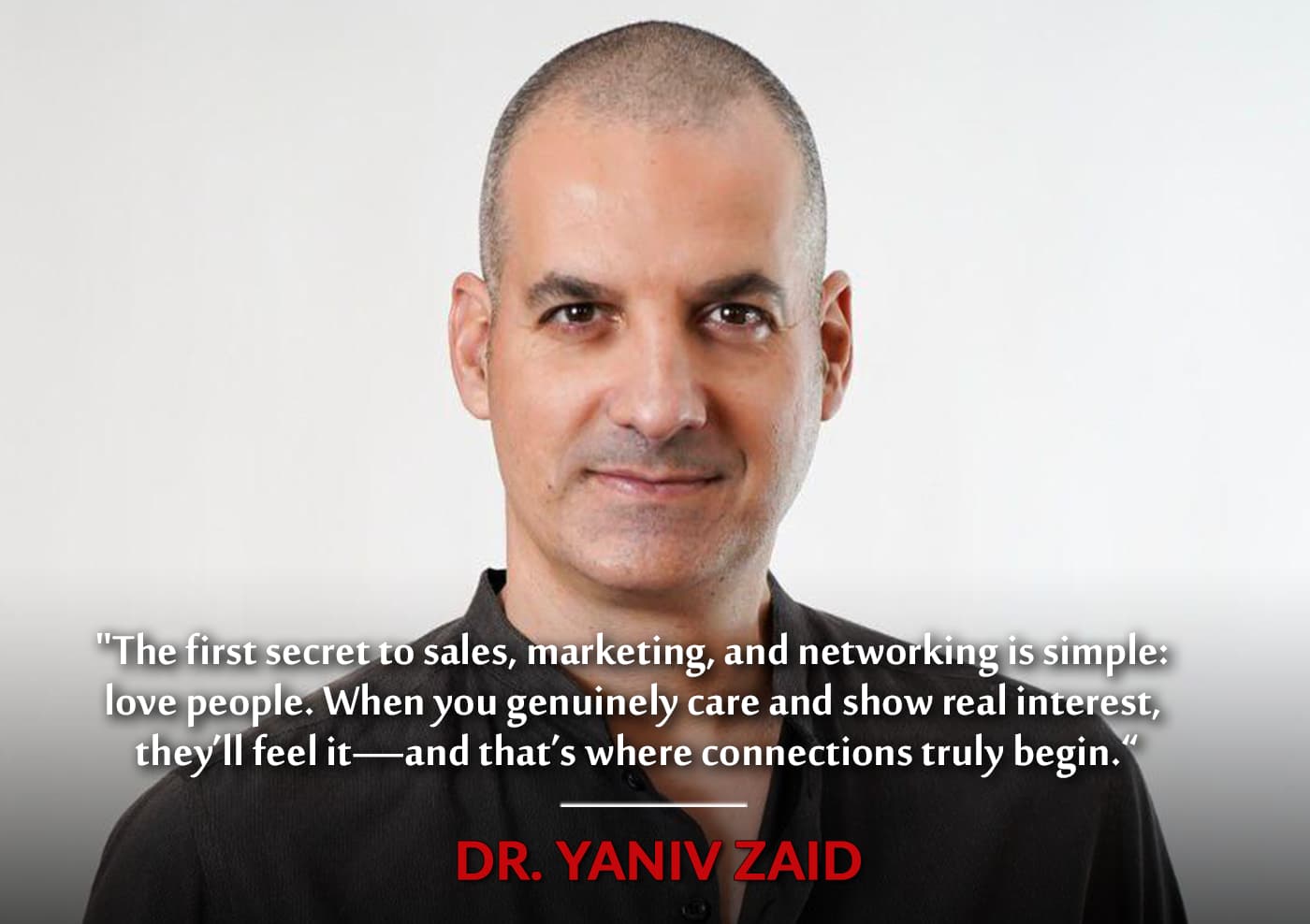
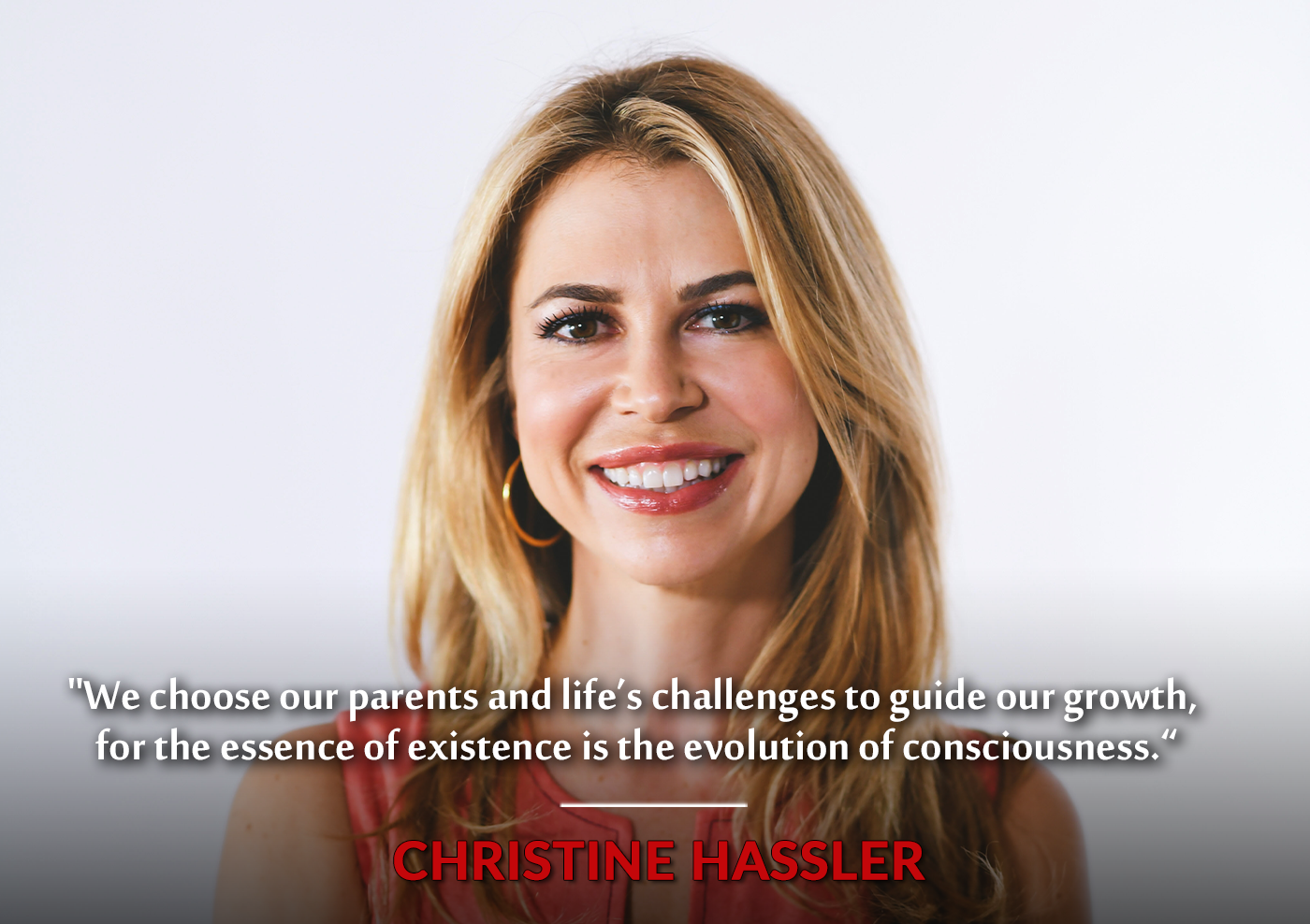
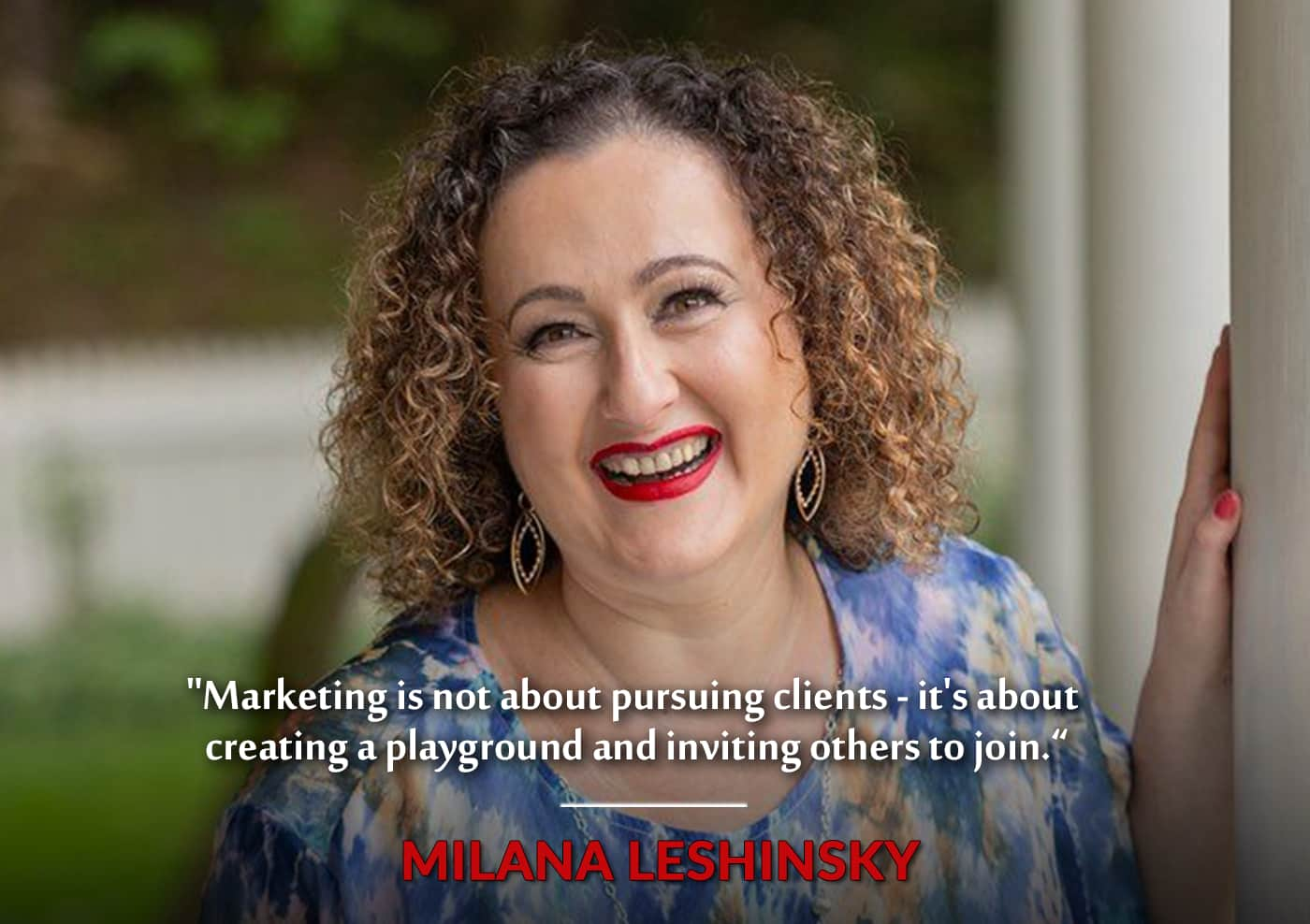
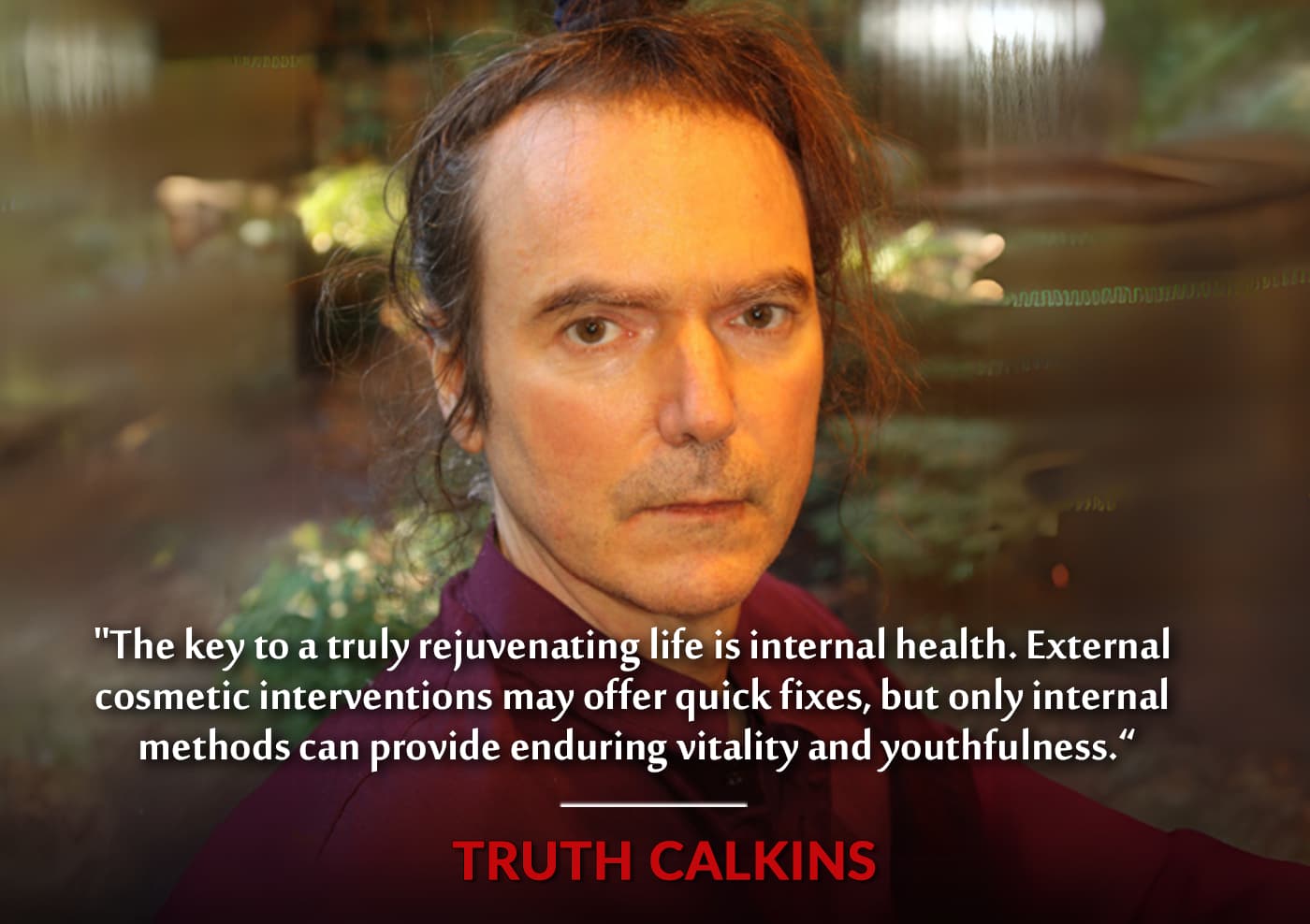
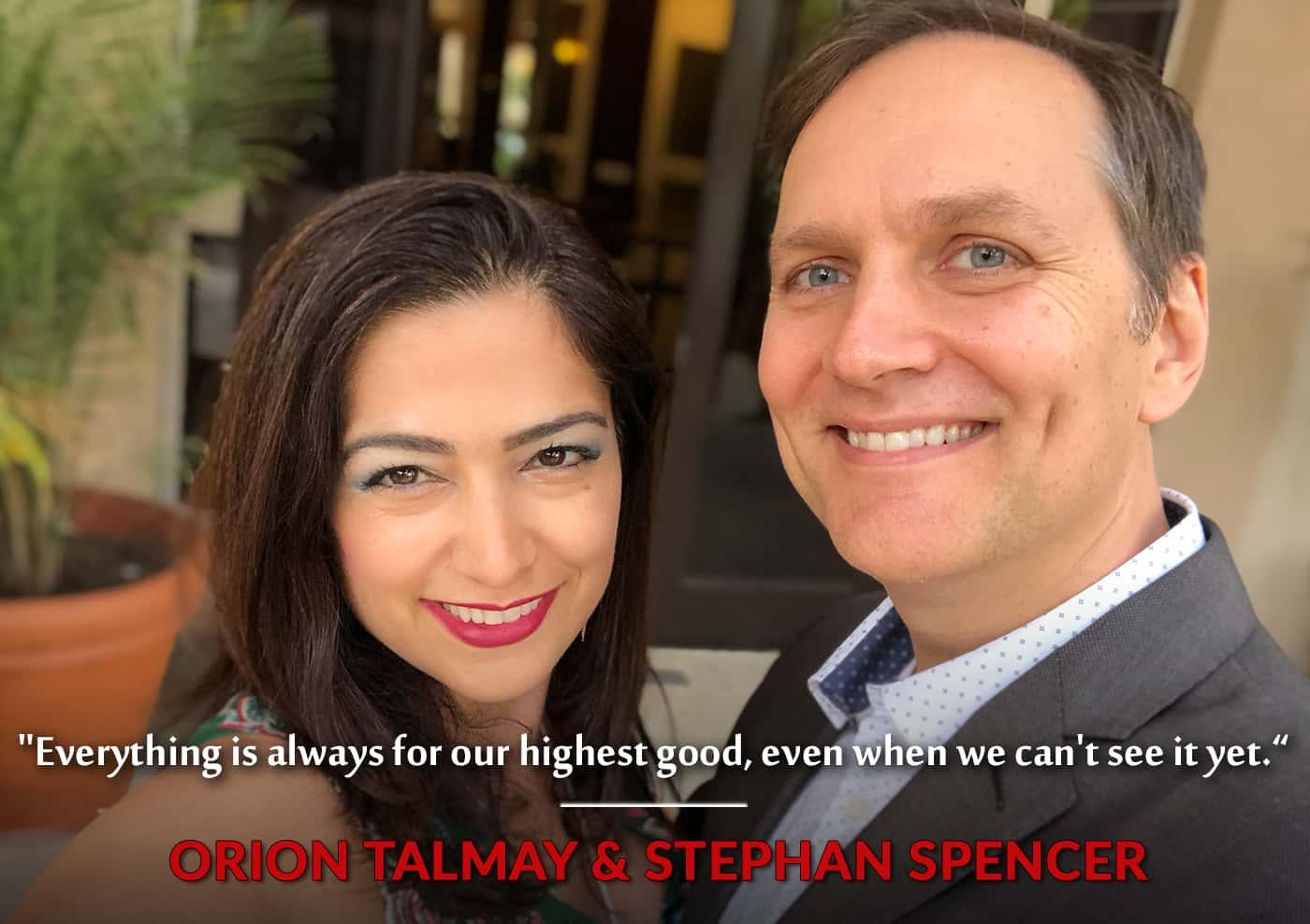

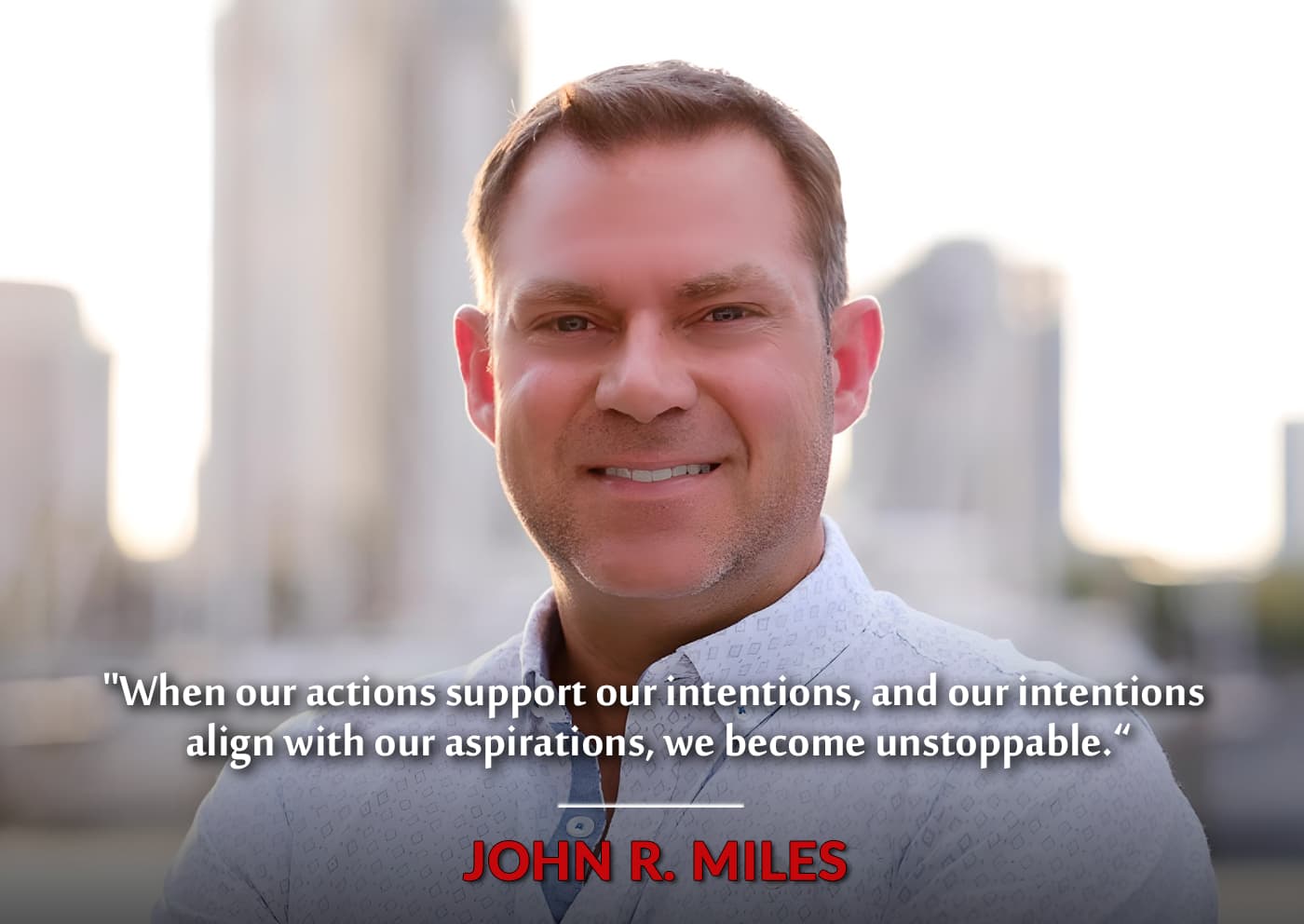
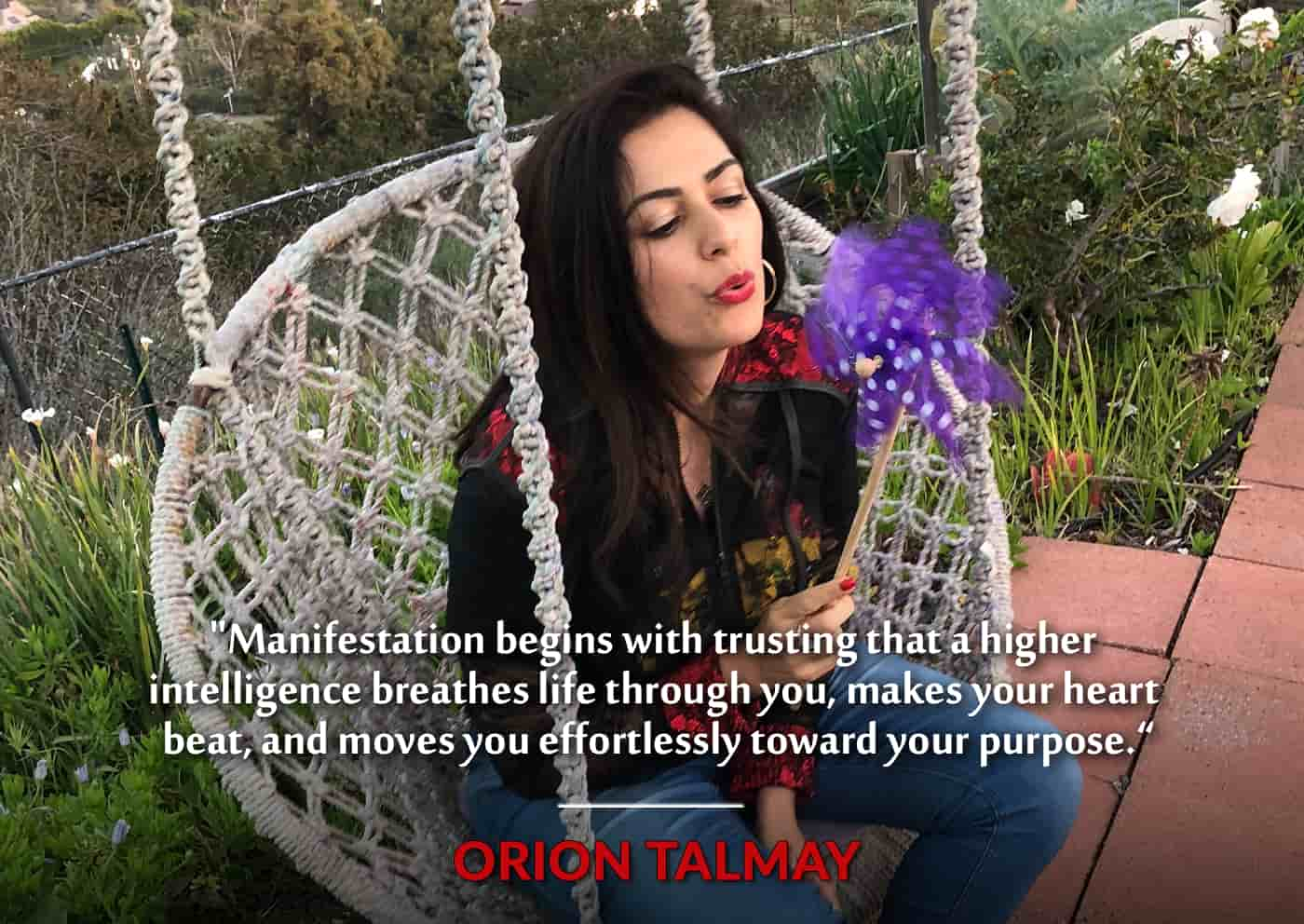
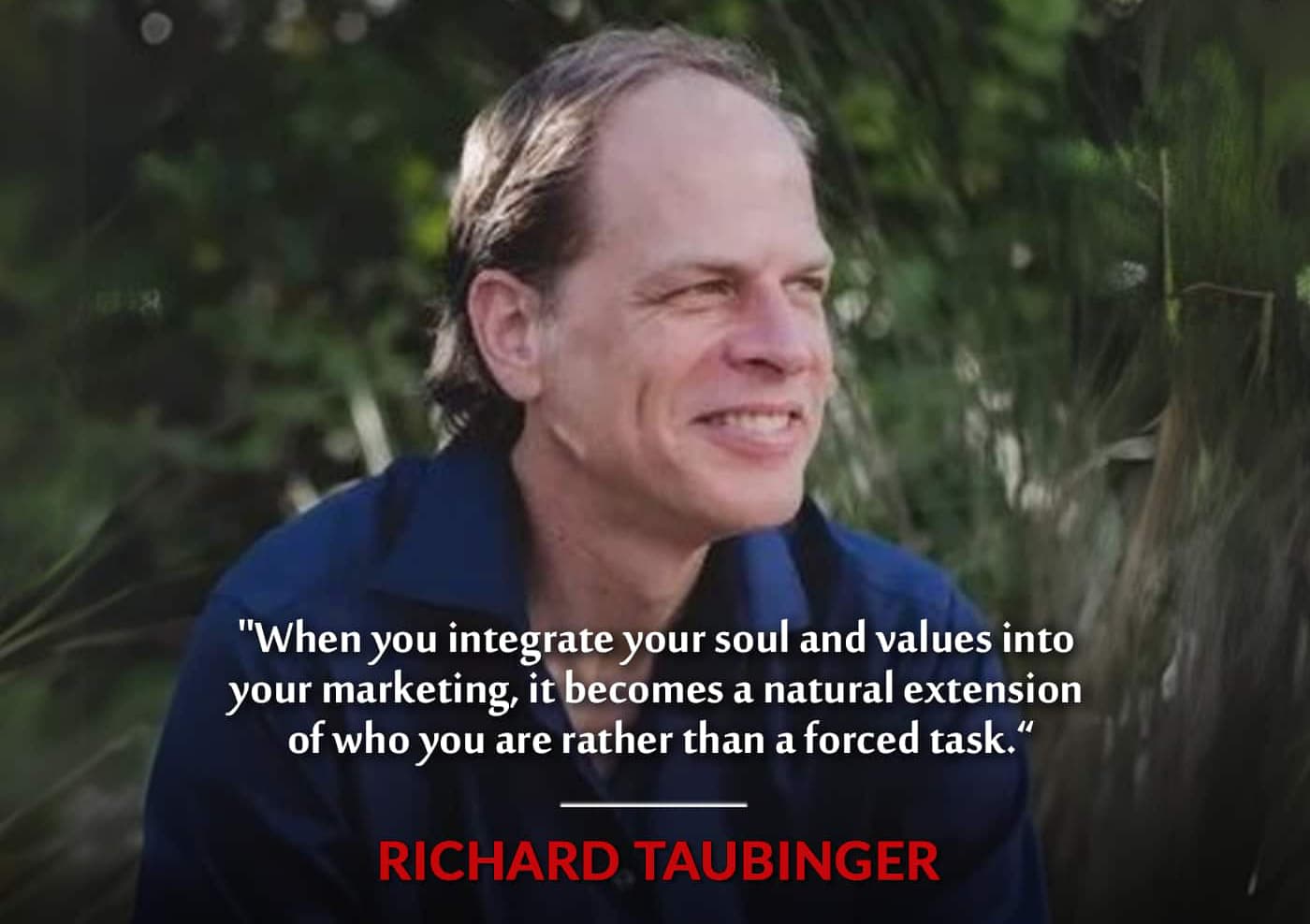
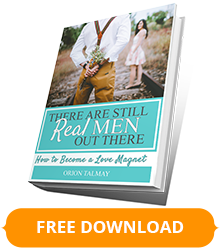
Facebook Comments